According to the World Bank, Vietnam's economic development journey in the 21st century is a valuable lesson for developing countries.
As the world enters a quarter of the 21st century, the World Bank has just published an in-depth report on developing countries, highlighting Vietnam as a typical model in economic development. According to this report, Vietnam's remarkable development journey in the 21st century not only reflects effective management and policy-making capacity, but also opens up important lessons for developing countries around the world.
 |
| According to the World Bank, Vietnam is a typical model in economic development in the 21st century, especially among developing countries. Illustrative photo |
The journey out of poverty and rise up strongly
In 2000, Vietnam was still in the group of low-income countries, with GDP per capita significantly lower than the average of developing countries. At that time, our country started the 21st century in a state of poverty, with limited economic resources and major challenges in infrastructure, health and education .
However, in just a decade, Vietnam has made miraculous progress. In 2009, our country officially moved into the group of middle-income countries, with GDP per capita almost double that at the beginning of the century. By 2025, Vietnam's average national income (GNI) per capita reached 4,180 USD, an increase of more than 10 times compared to 380 USD in 2000. Among the 39 countries that have "leaped" in the World Bank's economic rankings, Vietnam currently ranks 8th in terms of economic size.
The World Bank particularly appreciates Vietnam's real GDP per capita growth rate. According to this organization, during the period from 1991 to 2019, our country's GDP grew by an average of 5.6% per year, nearly double the growth rate before the reform period. This is one of the longest growth cycles ever recorded in our country's history, and has been maintained stably despite major fluctuations in the global economy, such as the financial crisis in 2009 and the Covid-19 pandemic in 2020.
According to the World Bank, what makes Vietnam’s development story special is macroeconomic stability combined with inclusive social reforms. Over the past three decades, Vietnam has effectively controlled inflation, maintained low unemployment and reduced current account and public finance deficits.
In addition, Vietnam also stands out for its ability to reduce poverty quickly and effectively. The proportion of the population living in extreme poverty decreased from 48% in 1992 to less than 1% in 2020. According to the World Bank, this is a clear demonstration that development policies do not only focus on growth but also aim to improve the quality of life for all segments of the population.
Valuable lessons for developing countries
According to the World Bank, Vietnam’s success stems from its persistence in implementing structural reforms, improving the business environment and integrating into the global economy. The report points out four key factors that have helped Vietnam’s economy achieve these achievements, which are also four valuable lessons for countries in the process of escaping poverty:
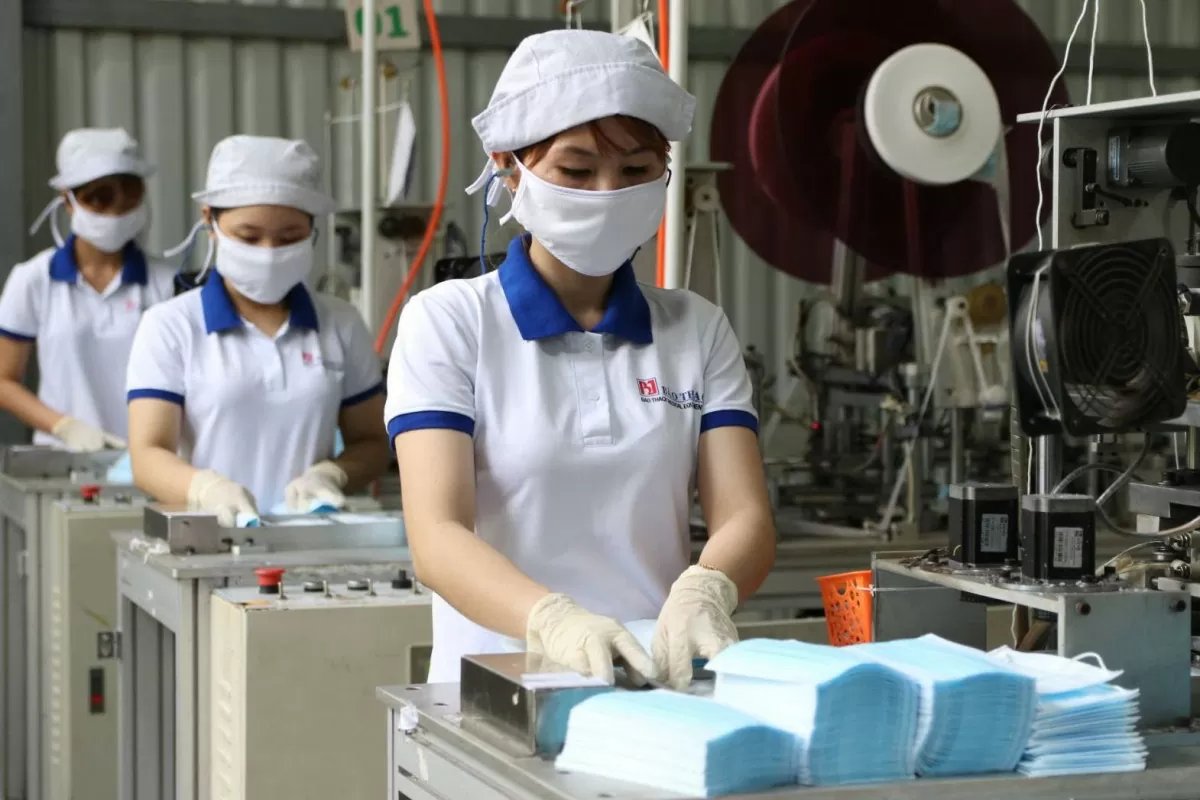 |
| Promoting investment in people and infrastructure is one of the four factors contributing to the strong rise of Vietnam's economy in the 21st century. Illustration photo: Government Electronic Newspaper. |
First, market economic reform: Vietnam has transformed itself from a centrally planned economy to a socialist-oriented market economy through trade liberalization measures, improving the legal framework and business environment. Joining the World Trade Organization (WTO) in 2007 marked an important turning point, helping our country become an important link in the global supply chain.
Second, strengthening macroeconomic stability: Thanks to strong reforms in fiscal and monetary policies, Vietnam has controlled prices, maintained positive real interest rates and stabilized the exchange rate since the beginning of the century. These policies not only increased investor confidence but also created favorable conditions for businesses and people in the production and business process.
Third, increase investment in people and infrastructure: Vietnam has invested heavily in education, health care and energy, helping to expand access to all social classes. For example, universal primary and secondary education, improved public health services, and electricity supply to more than 99% of the population have contributed to increased productivity and quality of life.
Fourth, reforming state-owned enterprises. According to the World Bank, the program of equitization, restructuring and divestment of state-owned enterprises has been and is being vigorously implemented, helping to reduce dependence on the public sector, while encouraging the development of private enterprises. This not only promotes competition but also creates more jobs and revenue for our country's economy.
According to the World Bank, Vietnam's success is not only the result of internal reforms but also the ability to adapt and innovate in the context of globalization. The achievements show a correct development strategy, combining economic growth and sustainable development. The organization said: Vietnam's development model offers valuable lessons for countries seeking to escape poverty and thrive in the turbulent context of the 21st century. This is clear evidence that the combination of determination to reform, effective management and strategic vision can create spectacular transformations for any country. |
Source: https://congthuong.vn/viet-nam-hinh-mau-kinh-te-cho-cac-nuoc-dang-phat-trien-369353.html














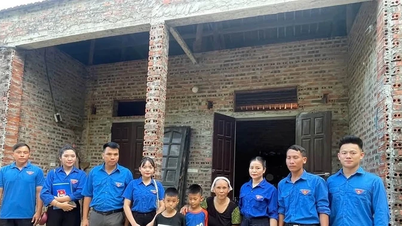

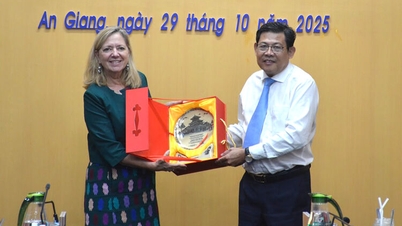







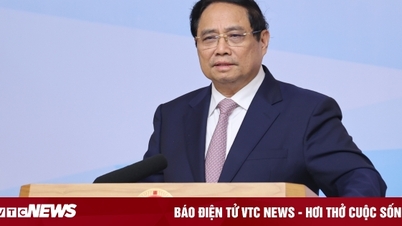








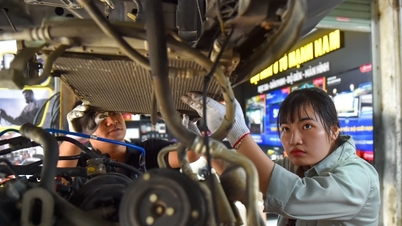































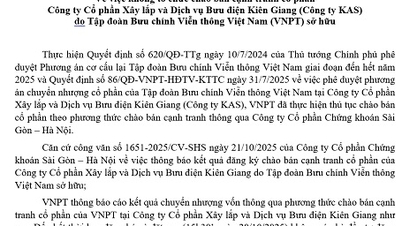











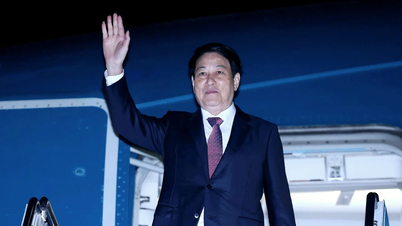





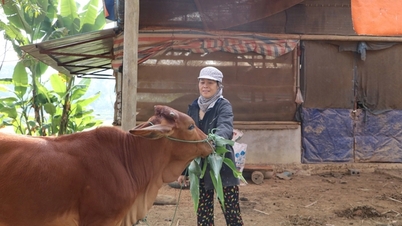
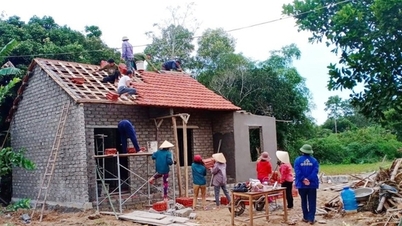






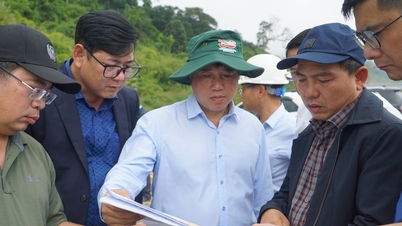





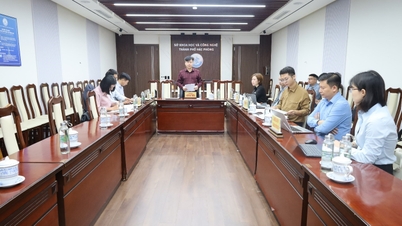










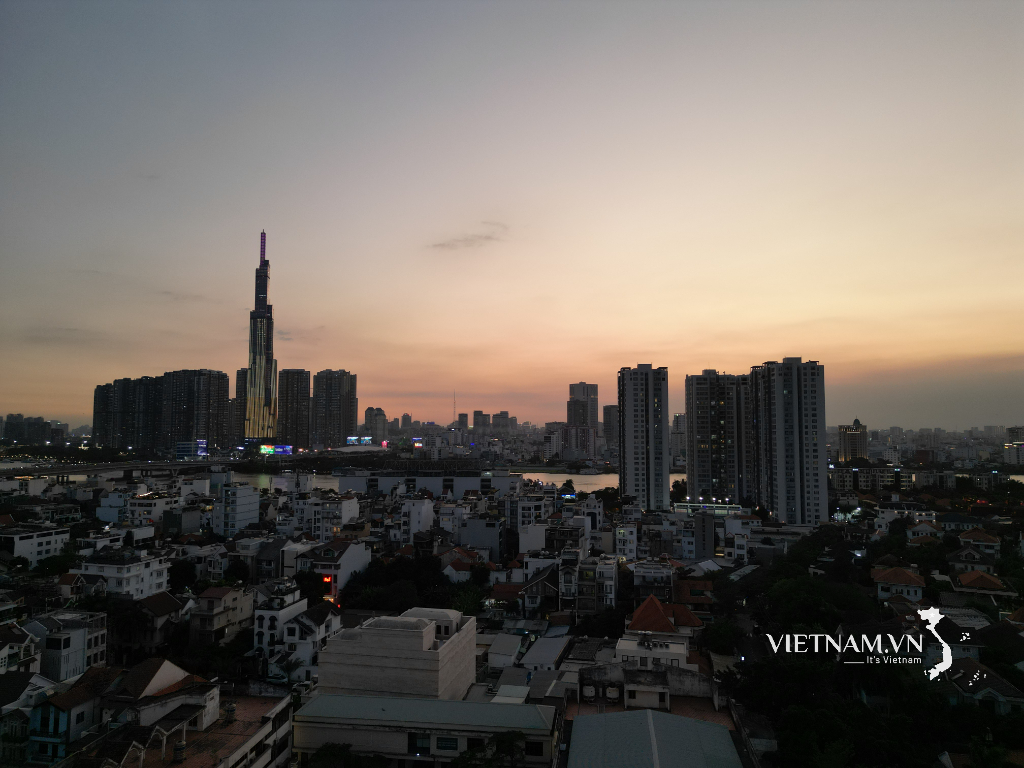



Comment (0)